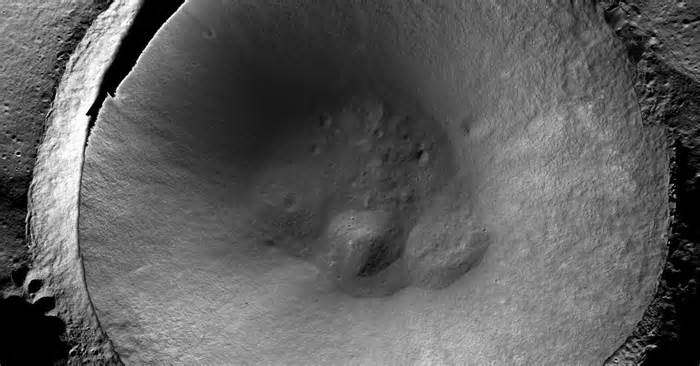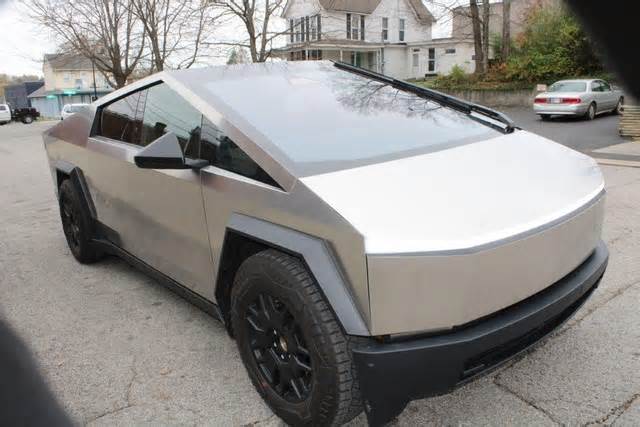
The Moon’s Most Shadowy Places Can’t Hide From NASA’s New Camera
- by The New York Times
- Jul 25, 2024
- 0 Comments
- 0 Likes Flag 0 Of 5

Image
How is it possible to take a picture of a place where the sun never shines?
Hint: A giant electronic flash is not practical.
These new views are the fruits of ShadowCam, an instrument that NASA provided for Danuri, a South Korean orbiter that arrived at the moon in December.
Image
Since 2009, almost all of the moon’s surface has been photographed in detail by Lunar Reconnaissance Orbiter, a NASA spacecraft. But its camera is not sensitive enough to see anything in the permanently shadowed craters.
Those shadows, however, are not pitch-black.
Image
Sometimes sunlight bounces off the ground into the crater, and then ricochets upward to Danuri as it passes overhead.
Other images are illuminated by earthlight — sunlight that has bounced off the Earth toward the moon. That is enough to brighten the shadowed craters a little.
Image
While the optics of ShadowCam are almost identical to those in the Lunar Reconnaissance Orbiter’s camera, the new instrument takes superlong exposures, increasing sensitivity by a factor of about 200.
The invisible darkness becomes visible.
The arrow in the image below points to the path of a boulder rolling down a slope within Shackleton Crater.
Image
Prasun Mahanti, the deputy principal investigator for ShadowCam, said that when the scientists saw the first images, their reaction was relief that the instrument worked as designed.
“Then excitement kicked in immediately,” he said.
Image
In certain places at certain times, the shadows are not even that dark. At a conference in March, scientists working on ShadowCam reported that the indirect light was comparable to “comfortable indoor lighting levels.”
Astronauts visiting those regions may not need to carry flashlights to see where they are going, although glare and long shadows could still pose problems.
Image
ShadowCam can also shed light on the mystery of water on the moon. A NASA mission in 2009 identified water in a cloud of debris excavated from Cabeus Crater, one of the permanently shadowed regions.
Image
Please first to comment
Related Post
Stay Connected
Tweets by elonmuskTo get the latest tweets please make sure you are logged in on X on this browser.
Sponsored
Popular Post
Tesla: Buy This Dip, Energy Growth And Margin Recovery Are Vastly Underappreciated
28 ViewsJul 29 ,2024






 Energy
Energy



















